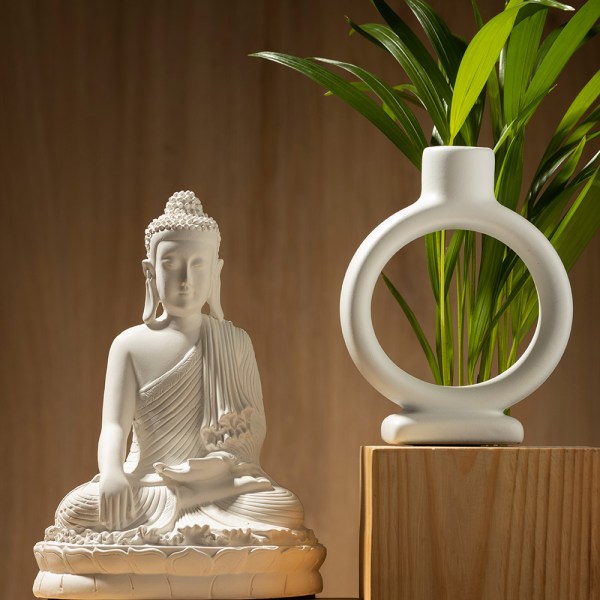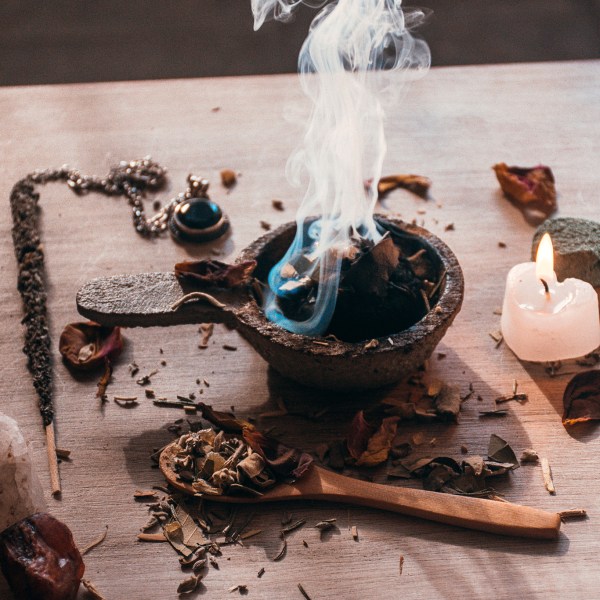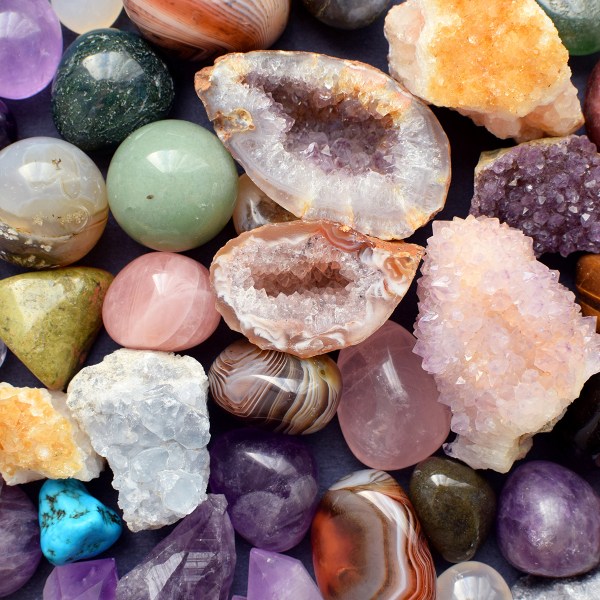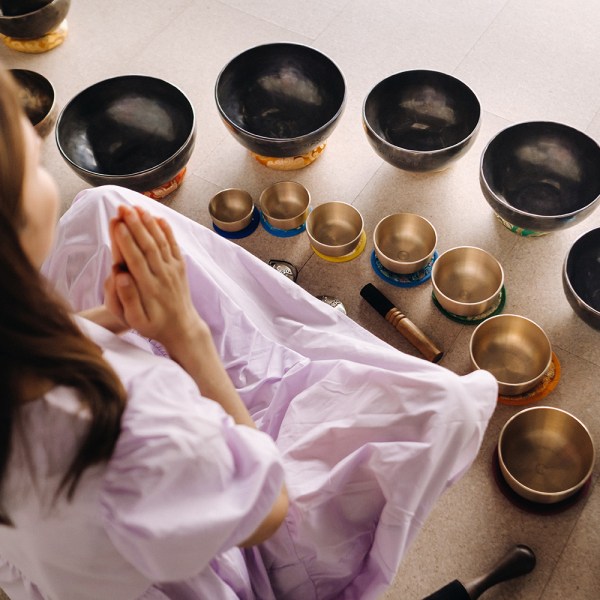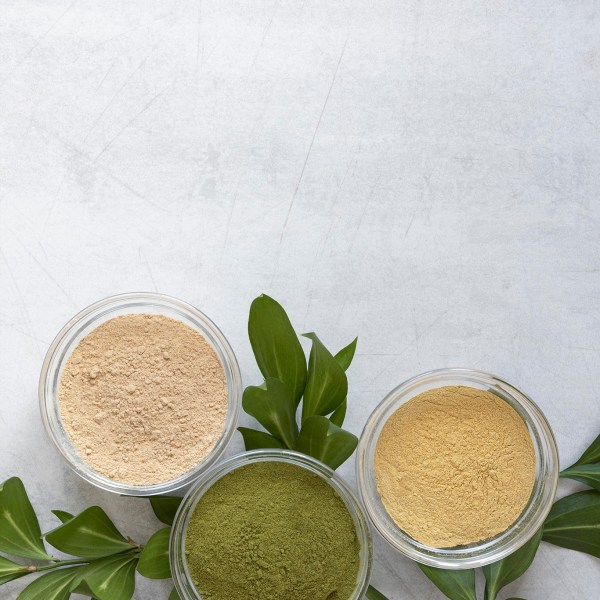Latin name: Anthemis Nobilis
Used part of plant: flowers
Origin: England
Extraction method: steam distillation
Origin: gin: ginseed oil Dilution in grape seed oil at 5%
Roman chamomile is mainly cultivated in France, Belgium and Eastern Europe. Its essential oil is pale yellow when fresh. It has excellent sedative properties, relieves tension, impatience, helps relieve PMS symptoms and other menstrual and menopausal problems.
This herb is excellent for skin problems such as acne, eczema, rashes, sores, dermatitis, dry or itchy skin and any allergies. It is claimed to help treat abdominal pain, gallbladder problems and throat infections, and helps relieve the symptoms of allergies, hay fever and asthma. It can also be used in a diluted form in children, for colic and irritability. Used in a vaporizer, it relieves headaches, nervous complaints and migraines. Although this oil is very gentle, always consult an expert before using it on young children and infants.
The medicinal use of chamomile dates back thousands of years, and was known to the ancient Egyptians, Romans and Greeks. The Egyptians considered it a gift from the sun god, and a papyrus document from 2800 BC proves that chamomile was already used to treat skin diseases. Chamomile oil was also used to embalm bodies. The ancient Greek physician Hippocrates believed that the herb relieved menstrual cramps and was useful for treating haemophilia. In the Middle Ages, the Anglo-Saxons considered it one of the nine sacred herbs.
Professional Essential Oils are available in specialised packaging, mainly for aromatherapists, or for users who use them in larger quantities.
More informations and price history

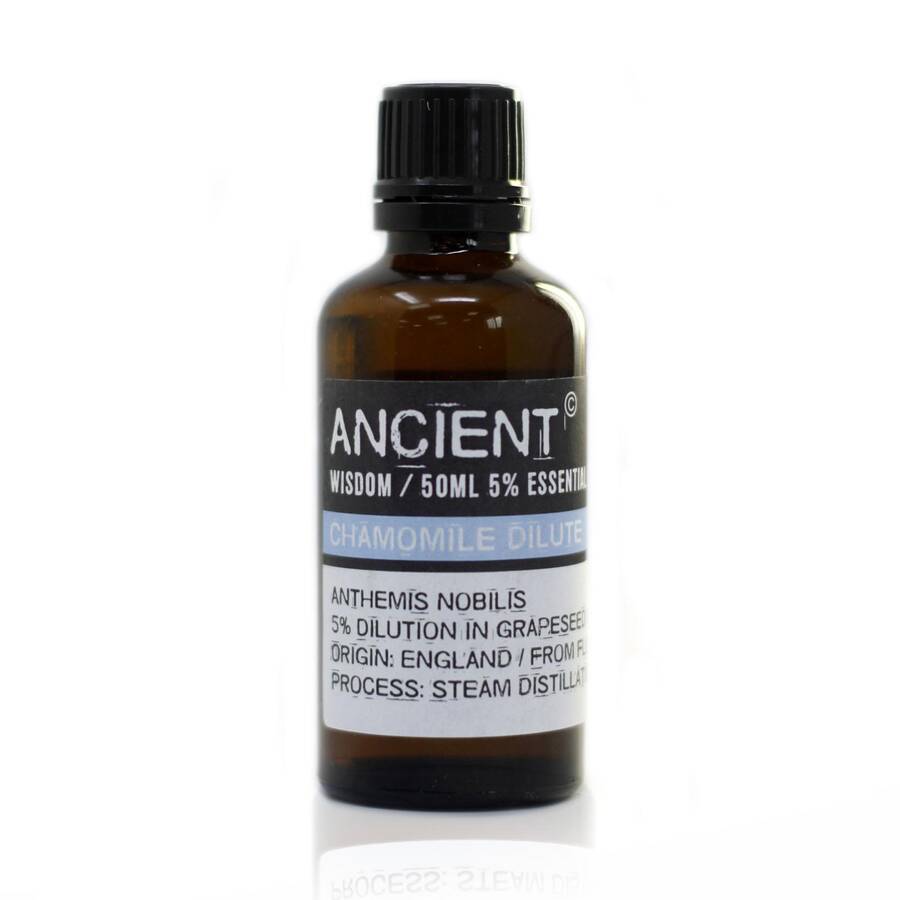
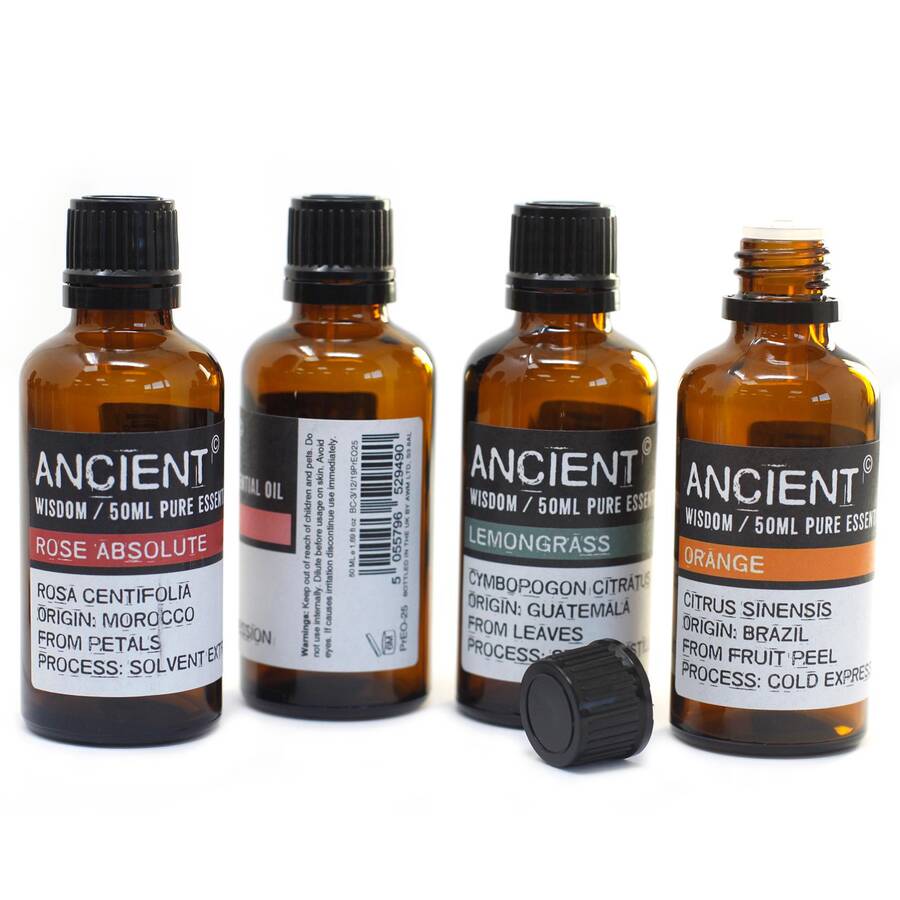



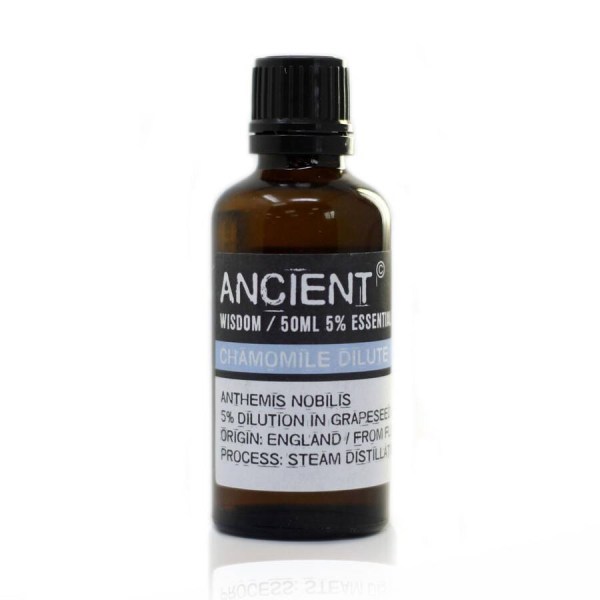
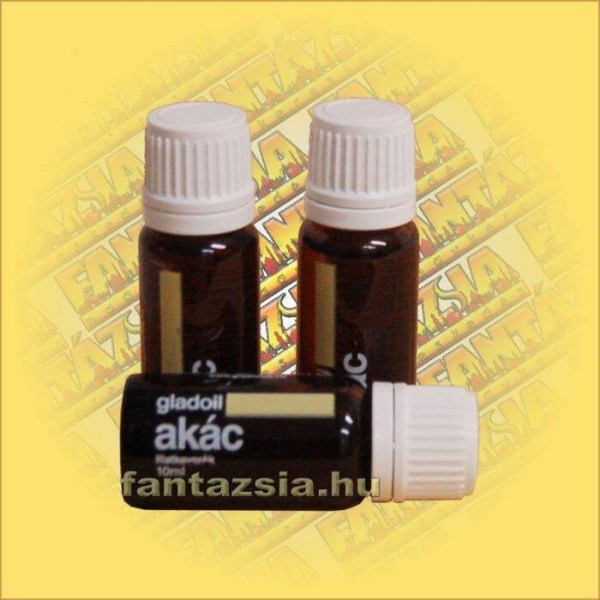
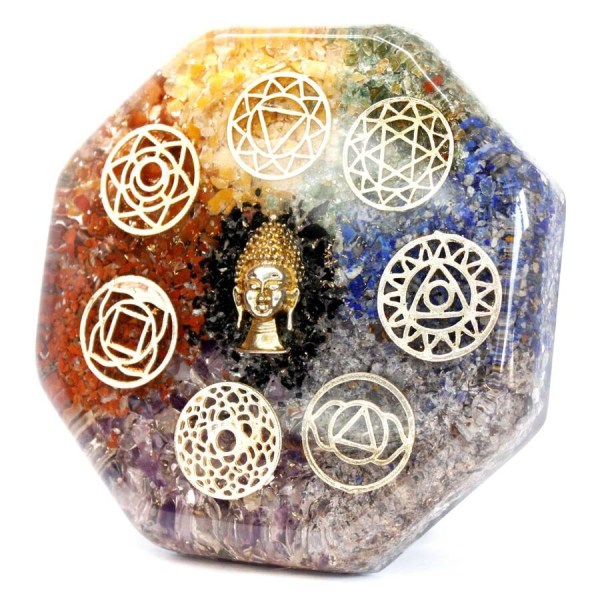




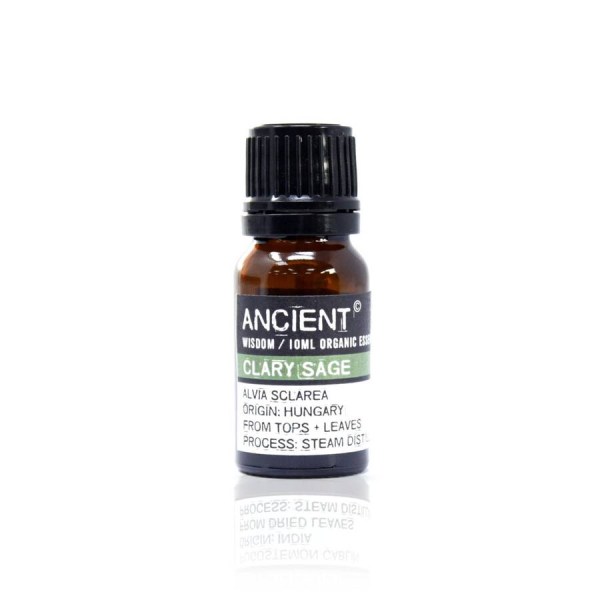





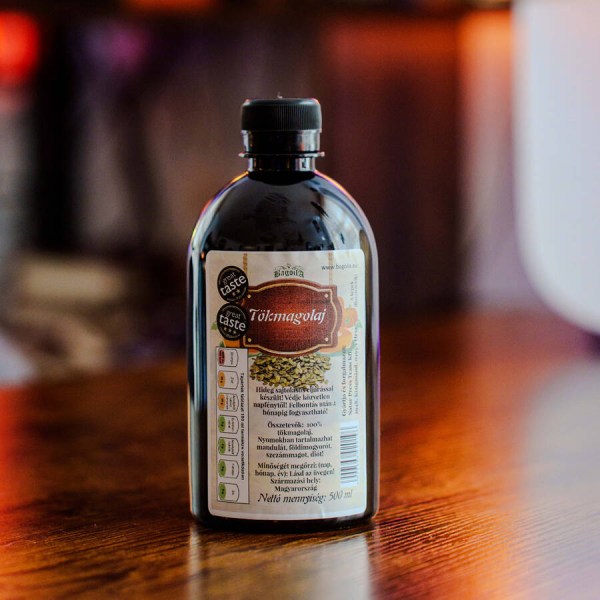
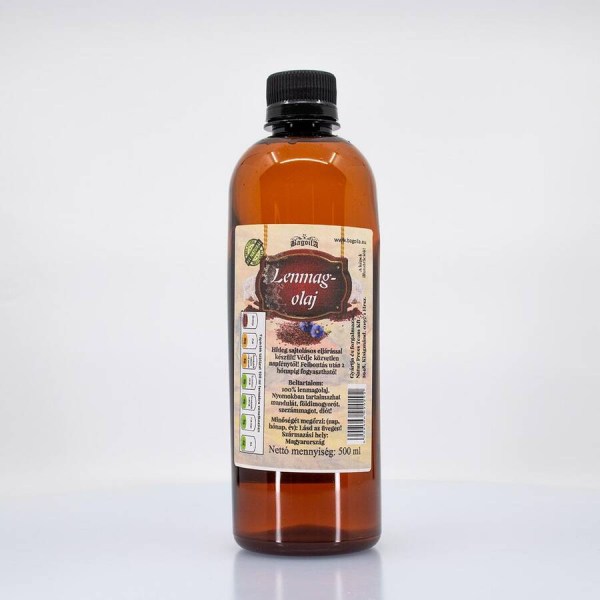
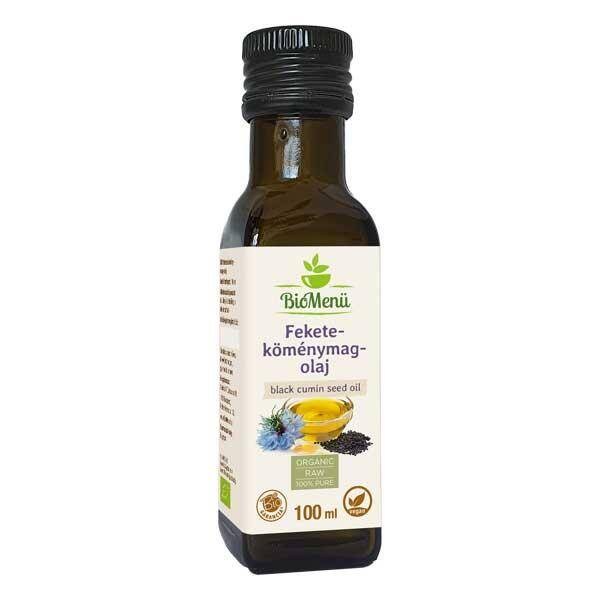



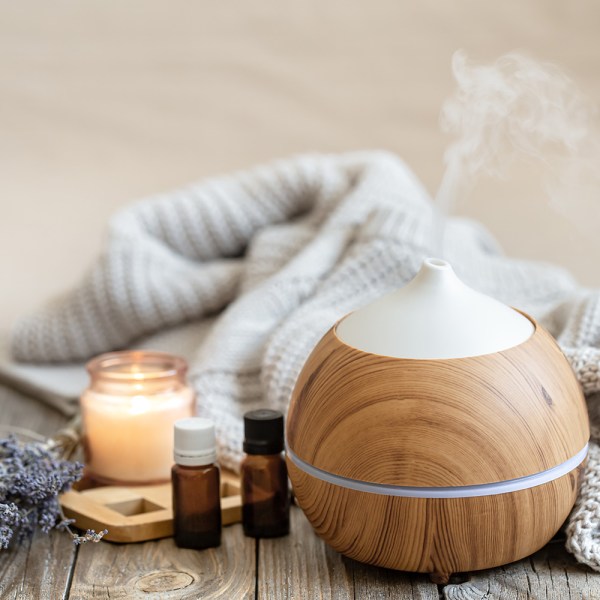

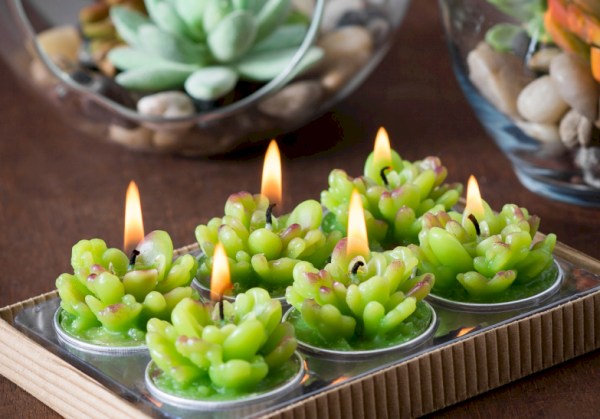

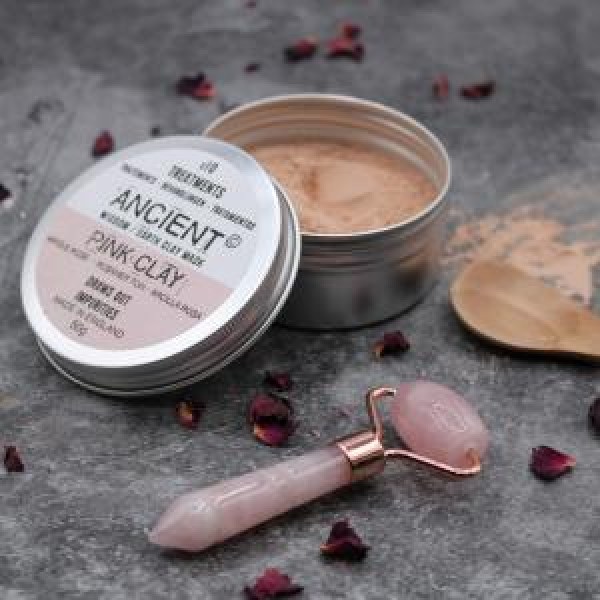
_600x600.jpg)





